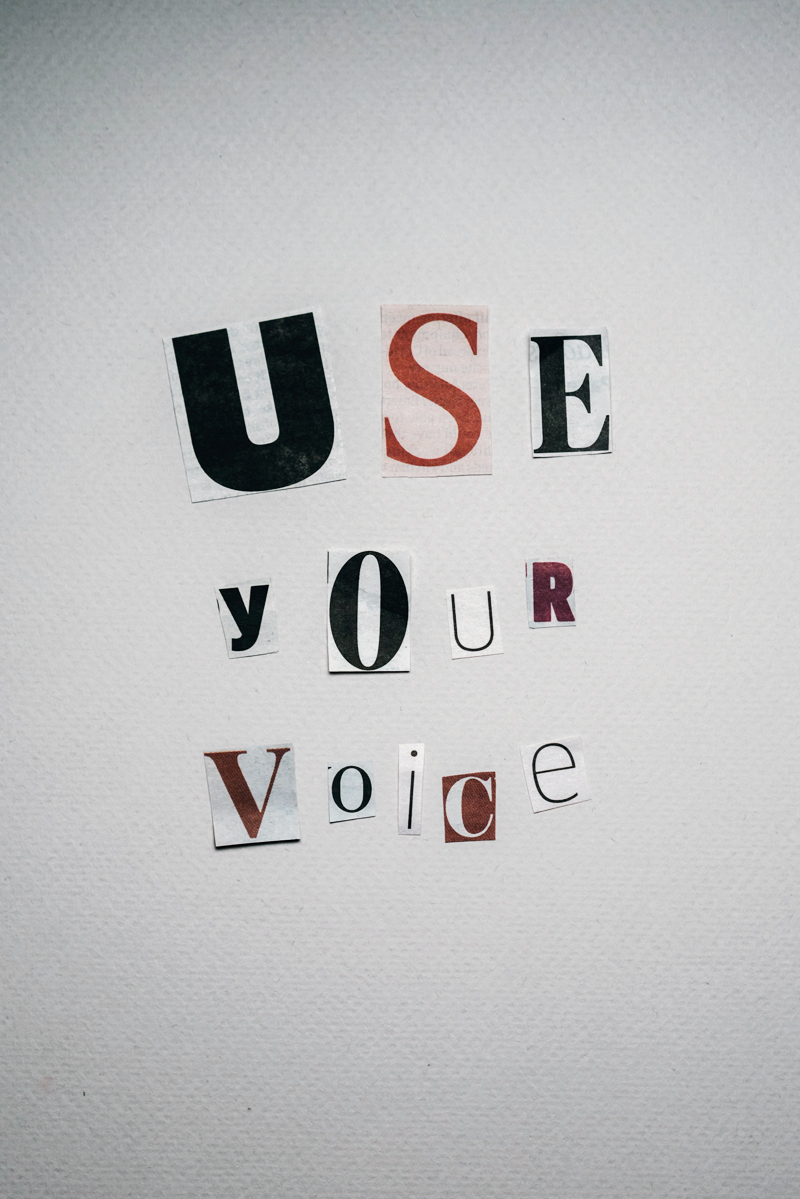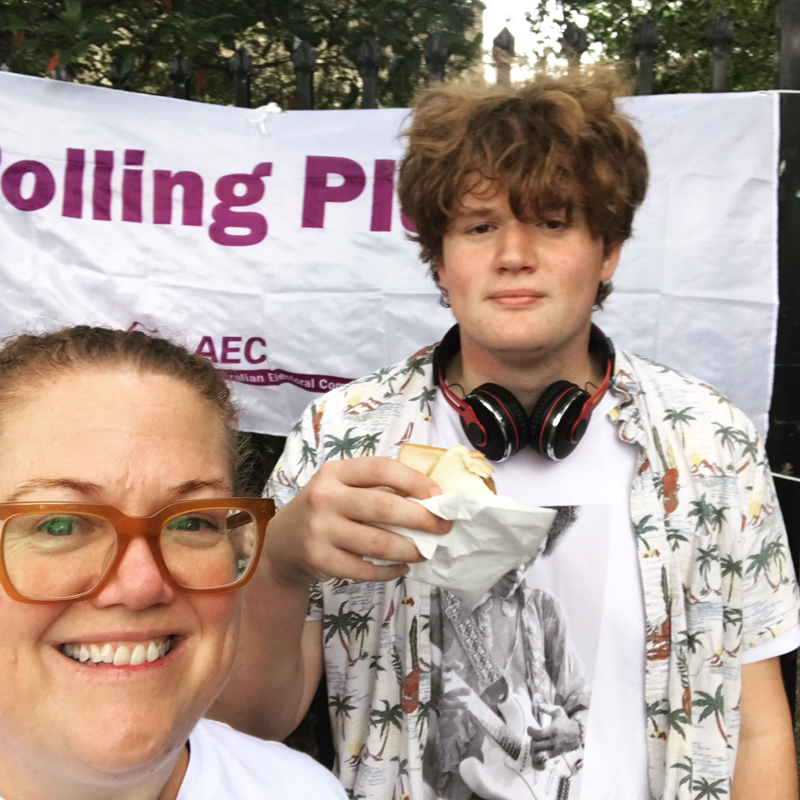Attempts to lower the voting age in Australia to 16 have been historically unsuccessful. More recently, the Make It 16 campaign has been advocating for the enfranchisement of 16 and 17-year-olds, but with no fines for under 18s who fail to cast their ballots.
Voluntary or not, lowering the voting age in Australia will have consequences for how political behaviour shapes political outcomes, especially for issues that particularly interest the young, such as climate change, cost of living, mental health and wellbeing.
Younger people tend to be more progressive in their views. This in turn would alter the make-up of the Australian electorate at each election or referendum. The addition of socially progressive voters might well be decisive on a highly contentious and divisive issue such as the Indigenous Voice to Parliament.
Who should have the right to vote?
In 1973, following mass youth casualties in the Vietnam War, Australia’s voting age was lowered from 21 to 18. The reasoning behind this centred on equity: if 18-year-olds were old enough to fight and die, they should be old enough to vote.
Today’s equity arguments centre on taxation: many 16 and 17-year-olds pay tax and therefore should have equal rights to representation. However, this representation logic is not unique to 16 and 17-year-olds. It applies equally well to those under 16, as well as to tourists and temporary residents, who pay tax but do not have the right to vote.
Beyond the taxation argument, the franchise has been aligned with other adult responsibilities such as driving a car and consenting to sex. An important point of distinction, though, is the motivation: do they actually want to vote?

Although enthusiastic young leaders are driving campaigns such as Make It 16, we cannot be confident that a subset of politically engaged young people is representative of the Australian youth. There is no question about the cognitive abilities of 16 to 17-year-olds to engage with the electoral process. But there is little longitudinal data to firmly establish that younger people are enthused about voting.
That is not to say young people are not interested in politics. Evidence from Australia and elsewhere shows young people engage differently: their engagement with politics is based more on issues than party loyalties.
Being able to vote would mean younger people feel less excluded and alienated from politics. However, critics worry voluntary voting for 16 to 17-year-olds would weaken compulsory voting.
Australia’s compulsory voting means it has resisted youth electoral disengagement at the polls, which has markedly happened in other non-compulsory voting democracies. Given the highly transitory life stage they are in, young people are more likely to abstain if voting is voluntary. This would also run the risk of imprinting the habit of abstention.
What does the evidence suggest?
Data from the Australian Election Study suggest lowering the voting age would not invigorate electoral participation. It is likely early enfranchisement alone will not be a panacea for youth engagement. Rather, there are concerns that voluntary voting might further exacerbate the problem of lower youth enrolment.
My comparative study of youth electoral disengagement in advanced democracies studied a suite of institutional factors, including:
- electoral system (majoritarian versus proportional)
- type of executive (parliamentary/presidential)
- type of system (federal/unitary)
- party system (two/multi)
- voting age (16-21).
I found that, even when controlling for compulsory voting, it is the registration system that significantly influences generational engagement at the polls.

Transition to adulthood is characterised by increasing mobility in every aspect of life. On top of this, registration rules make it difficult for young people without a permanent, long-term residence to register to vote.
Within the voluntary registration system, young people are especially disadvantaged since new eligible voters are often unfamiliar with the registration system, including how and where to register to vote. Consequently, many confused, eligible voters inadvertently miss voter registration deadlines. Current evidence shows voter enrolment is lowest among those aged 18-24, at 89.5%, compared to a national figure of 97.2%.
However, what has been largely missing in the voting age debate is that lowering it to 16 may be a way to redress this enrolment discrepancy. It may be an institutional design feature that could cater to youth transition: 16-17-year-olds are more likely to be in parental homes when they enrol and then finally vote. This may help attract and keep them as active voters as they gain independence.
What does this mean for (major) parties?
The Coalition’s historic low support among young voters in the 2022 federal election may be a symptom of a long-lasting generational shift in the electorate. In the past two elections, only 26% of Gen Z voters, born after 1996, reported voting for the Coalition, while 67% of them voted either for the Greens or Labor. Although historically young people have tended to become more conservative as they age, recent evidence suggests voters born after 1980 are not doing that.
Extrapolating this trajectory of voting preferences, the addition of more socially progressive, issue-based younger voters will potentially benefit the left-of-centre parties, particularly the Greens. One political reason for Labor’s reluctance to lower the voting age seems to be the stark popularity of the Greens among Gen Z voters, which would increase the Greens threat to the incumbent.
Over the years, both major parties have been losing their (youth) votes to the Greens. Lowering the voting age may well pronounce this.

What would it mean for young voters?
Given the context of compulsory voting, Australia is best placed to implement the lowering of voting age to reap the benefits of engaging younger voters to the electorate. Much has been said about how this would improve youth representation, efficacy and outcomes.
However, lowering the voting age might not address the problem of youth distrust of politicians and the widening gap between younger generations and political parties. This would require a sincere effort to understand what causes the drift, before enfranchising younger voters and loosely tying them to a voluntary voting system. In fact, there is a real risk that voluntary voting might encourage the type of abstention driven by a strong dislike for politicians.
Enfranchising hundreds and thousands of additional voters would also inevitably raise the issues of ensuring proper enrolment and that young voters are well informed to vote. It would need to be accompanied by a major boost to civics education in Australian secondary schools.
All in all, while compulsory voting is the best system for lowering the voting age, we’d have to be careful not to undermine the system as it stands. Instead, it is important to tie it to efforts to inform younger voters and reduce the age-related barriers in a (compulsory) electoral process.![]()
Intifar Chowdhury, Youth Researcher, Centre for Social Research and Methods, Australian National University. This article is republished from The Conversation under a Creative Commons license. Read the original article.
Feature image by ArtHouse Studio; Group reading by cottonbro studio; Use Your Voice via Pexels; Maxabella with her son Max by Maxabella

